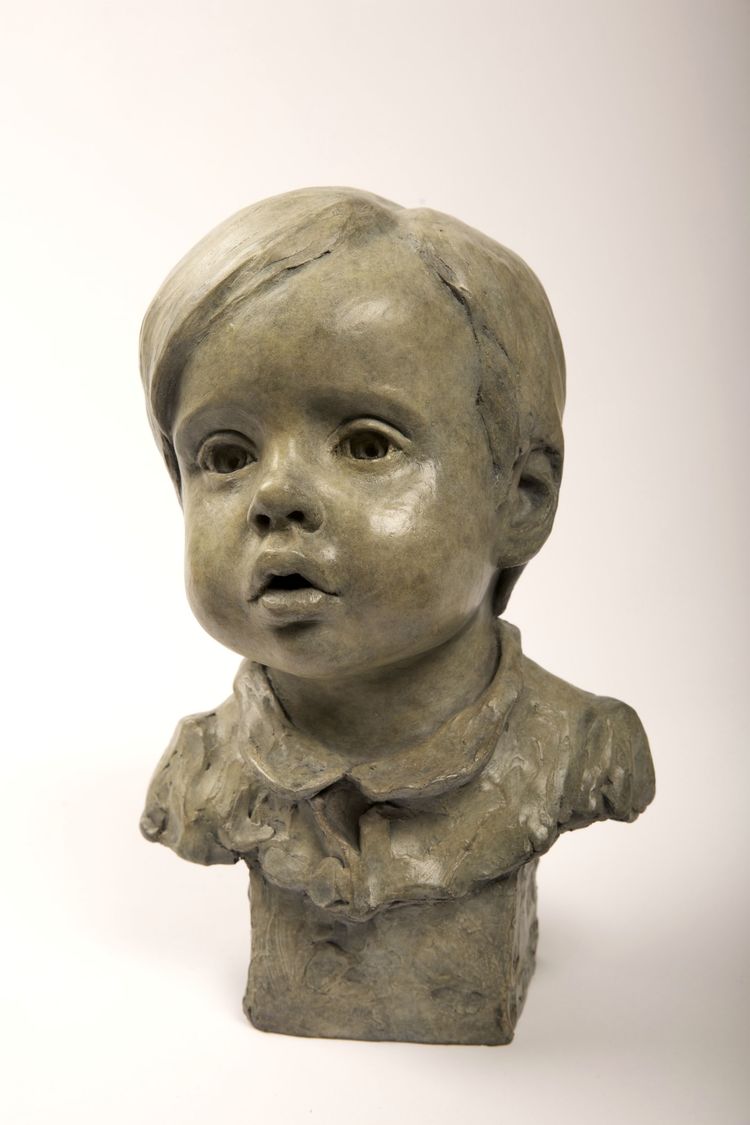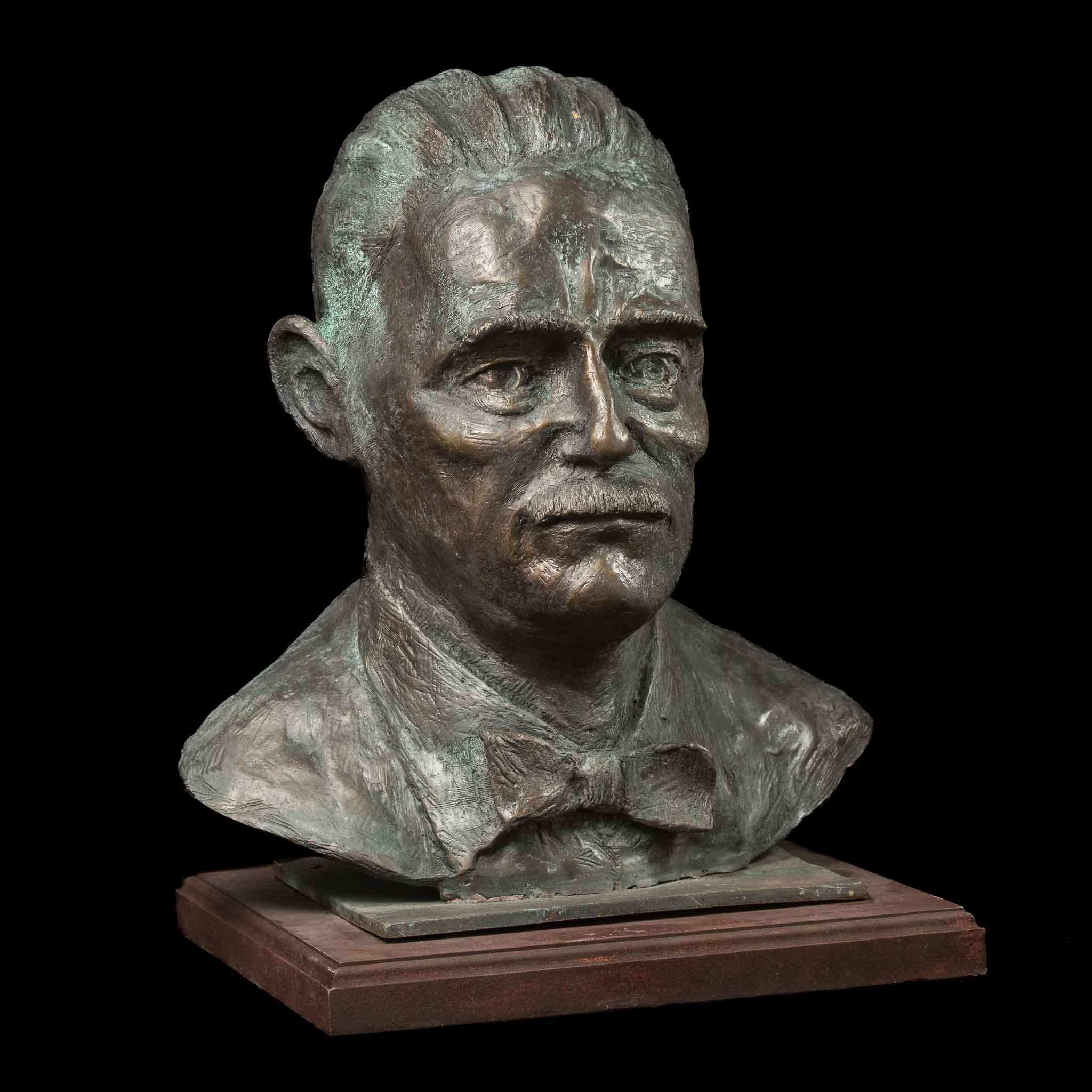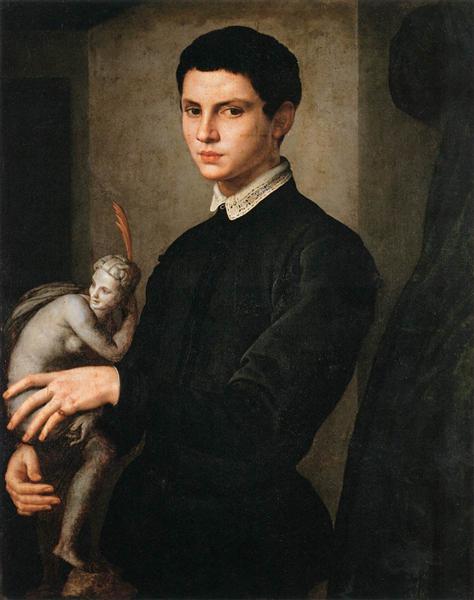Poise in Motion: Discover the Elegance of Equine Sculptures
Wiki Article
Shaping the Human Kind: Representations of the Body in Sculpture
Sculpting the Human Form: Portrayals of the Body in Sculpture is an extensive exploration of the imaginative depiction of the body throughout background. This event explores the various techniques, styles, and cultural perspectives that have actually formed the way artists have portrayed the human form in sculpture. From the beautiful marble sculptures of ancient Greece to the intricate masterpieces of the Renaissance, from the elaborate and flamboyant Baroque and Rococo sculptures to the progressive and abstract expressions of modern-day and modern sculpture, this event uses a fascinating journey via the evolution of this timeless art form - Portrait Sculptor. By examining the diverse analyses and representations of the human body, site visitors will gain a deeper understanding of the creative, social, and societal influences that have actually formed our perception of the human type.Ancient Greek Sculptures

Among the specifying characteristics of Ancient Greek sculptures is their emphasis on balance. Each component of the body is diligently crafted to be in percentage to the entire, developing a sense of balance and consistency. The artists paid mindful focus to every detail, from the placement of muscles to the positioning of limbs, guaranteeing that each figure appeared both effective and elegant.
The Greeks additionally valued the principle of idyllic beauty. Rather than depicting the flaws and problems of the human type, they looked for to produce an idealized version of truth. The sculptures commonly depicted sirens, gods, and athletes, with their bodies shaped to perfection. Figurative Sculptures. This idyllic representation of the human type not just celebrated physical appeal but likewise functioned as a means of inspiring and boosting the viewer.
Renaissance Masterpieces
Proceeding the expedition of the portrayal of the human form in sculpture, Renaissance masterpieces even more fine-tune the idyllic concept of charm, building upon the in proportion and unified percentages of their Old Greek precursors. Throughout the Renaissance duration, which extended from the 14th to the 17th century in Europe, musicians looked for to revitalize the timeless perfects of old Greece and Rome. They researched and copied the jobs of the old masters, striving for a reasonable representation of the human body.
One of the most renowned Renaissance sculptors was Michelangelo Buonarroti. His work of art, the sculpture of David, exhibits the perfection and poise that became synonymous with Renaissance art. Standing at over 17 feet high, the sculpture represents the scriptural hero in a state of calmness before his battle with Goliath. David's muscular figure, recorded with exceptional information, discloses the musician's proficiency of human composition.
An additional significant Renaissance carver was Donatello. His sculpture of Saint George, created in the very early 15th century, showcases the artist's ability to share stamina and nobility through the human kind. The sculpture portrays the legendary dragon-slaying saint in a positioned and positive stance, showing a sense of heroism.
Renaissance masterpieces not just celebrated the physical elegance of the body but additionally shared deeper meanings and emotions. With their thorough attention to information and competent workmanship, Renaissance sculptors elevated the art of sculpture to new heights, leaving a long lasting heritage that proceeds to inspire musicians to now.
Rococo and baroque Sculpture
Rococo and baroque sculpture exemplifies the ornate and elegant representation of the human form during the 17th and 18th centuries. Artists such as Gian Lorenzo Bernini and Alessandro Algardi produced sculptures that shared activity, frequently illustrating numbers in significant postures.
Rococo sculpture, on the other hand, became a reaction to the grandiosity of the Baroque period. It accepted a much more fragile and spirited approach, focusing on decorative information and complex layouts. François Boucher and Jean-Baptiste Pigalle were prominent Rococo sculptors who crafted works characterized by their elegance and charm. They frequently portrayed figures in sensual and elegant postures, mirroring the laid-back and wayward nature of the Rococo design.
Both Baroque and Rococo sculpture placed a fantastic emphasis on the human kind, commemorating its appeal and expressing a range of feelings - Equine Sculptures. Whether it was the vibrant and powerful figures of the Baroque or the elegant and enchanting numbers of the Rococo, these sculptures recorded the essence of the human experience, leaving a lasting influence on the art globe
Modern and Contemporary Sculpture
The development of sculpting the human kind continues in modern-day and modern sculpture. With the introduction of brand-new products and techniques, musicians have pressed the limits of depiction, challenging traditional ideas of form and appeal. Modern sculpture arised in the late 19th century as an action to the transforming political and social landscape. Artists such as Auguste Rodin and Constantin Brancusi looked for to capture the significance of the human form, stressing emotion and motion. Rodin's "The Thinker" and Brancusi's "Bird precede" are legendary examples of this duration.In the 20th century, the increase of abstraction and conceptual art brought new opportunities for artists. Artists like Henry Moore and Barbara Hepworth checked out the connection in between kind and space, producing abstracted and natural numbers that tested typical concepts of depiction. Moore's huge bronze sculptures and Hepworth's sculpted stone works are celebrated for their ingenious use products and their capacity to stimulate a feeling of the body in a non-literal means.
Contemporary sculpture remains to push the limits of representation and check out brand-new products and strategies. Musicians like Antony Gormley and Ron Mueck develop hyper-realistic sculptures that test our assumption of the body, while others, such as Louise Bourgeois and Kiki Smith, make use of the body as an allegory for individual and collective experiences. The human kind link continues to be an effective topic in sculpture, giving a system for musicians to discover identification, feeling, and the human condition.
Social Perspectives on the Human Body

In the exploration of sculpting the human type, the evaluation of cultural viewpoints on the body exposes a varied and rich tapestry of representations and interpretations. Throughout background, various cultures have actually held special beliefs and worths relating to the human body, resulting in unique imaginative expressions - Robert C Hitchcock Sculptor. These social perspectives shape the method the body is shown and perceived in sculpture, reflecting societal norms, spiritual ideas, and visual perfects
As an example, ancient Greek sculptures commemorated the idyllic human form, emphasizing physical charm and athleticism. The sculptures depicted gods, heroes, and professional athletes with flawlessly proportioned bodies, personifying the Greek principle of physical excellence. In comparison, old Egyptian sculptures concentrated on the conservation of the body in the immortality, showing numbers with inflexible stances and idyllic attributes. The Egyptians thought that the body must be provided in such a way that ensured its timeless presence.
Likewise, cultural perspectives on the body in African art typically stress public identification and spiritual beliefs (Contemporary Sculptures). Sculptures from different African cultures show the body with exaggerated attributes, representing ancestral connections and social values. Native societies in the Americas likewise have distinct perspectives on the body, commonly depicting it in a spiritual context and stressing the connection between people and nature
The evaluation of social point of views on the body in sculpture enables us to gain insight right into the values, ideas, and looks of different cultures throughout history. It highlights the variety of human experiences and the methods which art shows and shapes our understanding of the human type.

Verdict
In conclusion, the representation of the body in sculpture has evolved gradually, showing different artistic activities and cultural perspectives. From the idyllic numbers of Ancient Greek sculptures to the stirring and realistic Renaissance work of arts, and the elaborate information of Baroque and Rococo sculptures, to the abstract and experimental kinds of contemporary and modern sculpture. The human body has actually been a subject of attraction and artistic expedition throughout history, showcasing the varied interpretations and expressions of the human kind.Shaping the Human Kind: Portrayals of the Body in Sculpture is a thorough exploration of the imaginative representation of the human body throughout background. From the exquisite marble sculptures of old Greece to the intricate masterpieces of the Renaissance, from the flamboyant and luxuriant Baroque and Rococo sculptures to the progressive and abstract expressions of modern and contemporary sculpture, this event offers a fascinating trip through the development of this classic art form. Musicians like Antony Gormley and Ron Mueck develop hyper-realistic sculptures that challenge our understanding of the human body, while others, such as Louise Bourgeois and Kiki Smith, make use of the body as an allegory for personal and collective experiences. The human form stays an effective topic in sculpture, offering a platform for musicians to discover identity, emotion, and the human condition.
From the idealized numbers of Old Greek sculptures to the emotive and sensible Renaissance masterpieces, and the elaborate details of Baroque and Rococo sculptures, to the abstract and speculative forms of modern and contemporary sculpture.
Report this wiki page